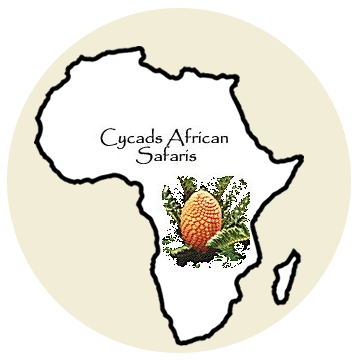Gombe National Park; Covering 35Km2, Gombe is Tanzania’s smallest national park and perhaps the most popular chimpanzee trekking destination in the world for two reasons. Its chimps were originally studied by world-famous primatologist, Jane Goodall, a project that was initiated in 1960, and now stands as the world’s longest-running study of an individual wild animal population. They are amazingly well habituated and non-violent to tourists. Gombe is also home to troops of habituated olive baboons that can usually be found on the lake-shore.

Located along the eastern shore of Lake Tanganyika, its terrain is comprised of escarpments and hills with steep valleys. In between them, you will find 13 streams that run down the escarpment to the sandy beach. Other wildlife found here include red-tailed monkeys, blue monkeys and over 200 bird species including Peter’s twin-spot, fish eagle and palm nut vulture.
The main reason most of our clients visit the park is to trek chimpanzees, an utterly marvelous nature walk experience that unfolds in a lush tropical rain-forest. During this guided adventure, a ranger guide will take you, on foot, along the forest trails in search for these primates that share 98.7% common DNA with man.
Once found, you can hang in their presence for one hour as you observe their feeding, resting, walking, bonding and sometimes hunting red-colubus monkeys due to their rich nutritional value. If it is your lucky day, they’ll walk right past you, maybe even brushing against you as they go. The juveniles in most of the groups spent most of their time wrestling each as their mothers sit back and watch them quietly.
In our experience, the only place that offers comparably good chimp tracking is Mahale Mountains due to its scenic beauty, sense of isolation and wilderness atmosphere.
Due to Gombe’s steep hills and narrow trails, chimpanzee tracking gets quite tiring especially during rainy season. As such, most of our clients prefer to visit in dry seasons from July to October, a time during which chimps tend to stick to the lower slopes.
Due to the park’s location on Lake Tanganyika, the easiest way to access it is by taking a local boat known as a lake taxi from nearby Kigoma town. Most boats take an hour and a half, but the good speedboats that our clients use can halve this.
As regards accommodation, the choice of lodging here is limited to either camping, or staying simple rooms in the park’s rest house or Mbali Mbali Game lodge.
